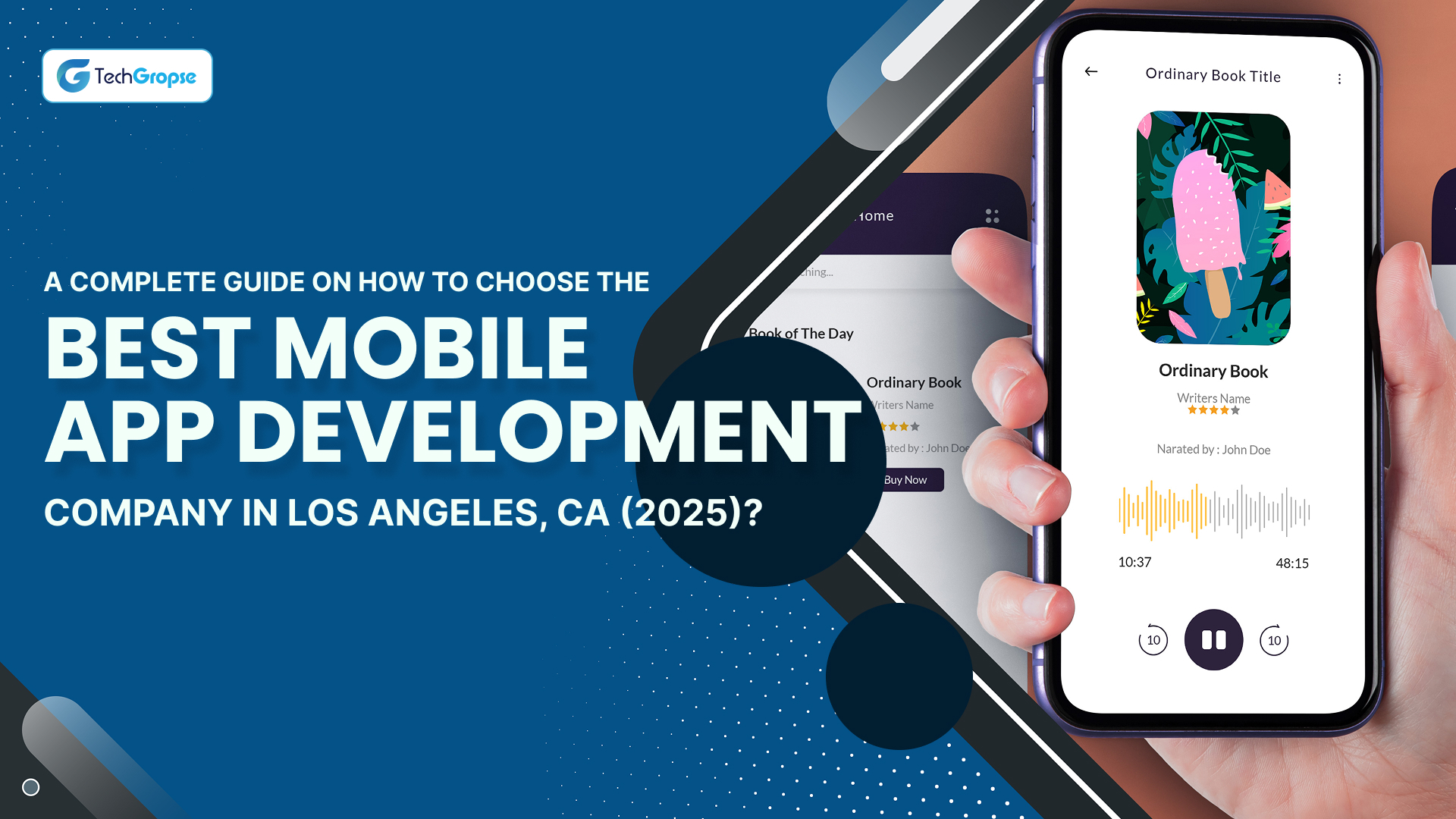Technology is often unpredictable, and it could make you lose business opportunities by sticking to old conventional methods. It is appropriate to choose the right platform, system, or development process because competition in the mobile application field has increased. In turn, the extensive coverage of the cross-platform mobile application system leads to a growing number of native app developers.
Android and IOS are the most widely used platforms for mobile application development. You can launch native-like applications on various platforms, such as Android, iOS, Windows, with a single codebase utilizing Cross-Platform Frameworks. Therefore, at a much-reduced cost, you will broaden your scope to the intended audience on all platforms.
Importance of Mobile App Development in Business
Let us try to understand why businesses are exploding their way in the mobile app development business by the given graph:

Source: Statista
In 2020, 31 billion mobile applications have been downloaded on Google play store, and 98 billion mobile applications have been downloaded on the Apple app store. This graph will rise exponentially in the upcoming years, and none of the companies would like to skip their presence in app stores, not at least in such a situation.
So, we have seen the importance of mobile app development in business and its unstoppable fame in the virtual world. Now let’s talk about the cross-platform frameworks. We have also compiled a list of best cross platform app development frameworks out of the wide variety of options available.
Cross Platform App Development Frameworks: A Brief Synopsis
The cross-platform framework is the major essence of great mobile app development. In other words, it’s a mobile app development framework that allows mobile apps to run seamlessly on different platforms, but with the same code. Cross-platform applications provide organizations with an array of advantages, including low cost, code reusability, cloud connectivity, and more.
Cross Platform App Development Frameworks to Create Smashing Apps in 2020
With its unmatchable features, let’s go through the list of best cross-platform frameworks to develop chartbuster apps in 2020:
1. Flutter: Engaging Native Apps Without Delay
Flutter is a popular cross-platform mobile development framework written in dart language. Flutter is launched by Google, making it a trustworthy one for that reason. Also, it is an open-source SDK for the development of mobile apps.
Flutter App Development has become popular with Skia with the option of the 2D rendering engine. It is one of the strongest cross-platform frames in the creation of mobile apps. The great thing about Flutter is that if you find any bug, you can not restart the entire creation process in real-time.
Pros of Flutter App Development:
- Reduce testing efforts.
- Fast app development.
- Hot reload feature.
Cons of Flutter App Development:
- Limited libraries.
- Code flexibility issues.
2. React Native: Master Once, Compile Anywhere
There is a tug of war between Flutter and React Native. Few developers consider React Native as the best cross-platform mobile development for developing an app, and equally few developers consider Flutter as the best app framework for developing an app. But frankly speaking, within a few years of its introduction in the app development market, it is already considered as one of the most popular frameworks for app development.
There are many upsides to this JavaScript platform, including simple integration, fast testing, and an enormous library of current or ongoing projects. Unlike in native apps, this JavaScript cross-platform framework allows you to see the changes very easily. The React Native Architecture has a broad variety of interconnected components.
Pros of React Native Framework:
- Code reusability.
- Hot reloading feature for faster reloads.
- Can easily render a high-quality native interface.
Cons of React Native Framework
- Not suitable for beginners.
- To use some features, it uses different codes for Android and iOS.
3. Xamarin: Tested by Developers, Trusted by Organizations
Xamarin was released in 2011 but later was acquired by Microsoft in 2016 as an independent cross-app development background to lend more legitimacy. It is an open-source project to address the issue of separated native technology stacks, making multi-platform mobile app development challenging and costly.
Xamarin consists of world-class libraries, cross-platform development tools, and languages for programming. .NET has been used by multinational companies as a secure system. It enables you to share 75% of the code across various platforms to speed up your growth. Xamarin Forms, a web interface, allows you to easily have a clear view of every device and framework.
Pros of Xamarin cross-platform Framework:
- Works seamlessly on an array of platforms.
- Faster app development.
- Widespread community.
Cons of Xamarin cross-platform Framework:
- Expensive option.
- Limited access to certain libraries.
- Not recommended for apps with heavy graphics.
4. Adobe PhoneGap: Amazing Mobile Apps Charged by Open Web Technology
PhoneGap is an open-source, cross-platform framework, created by Adobe Cordova’s team. Previously, Apache Cordova had been classified as PhoneGap. The application development system is a simple cross-platform and uses HTML5, CSS, and JavaScript. This cross-platform mobile app development framework has a large and comprehensive group of developers and a full toolkit that increases application potential and speeds up the development of the mobile app.
Debugging is very simple in any browser with common web inspector software. Native SDKs are not expected to be maintained and this facilitates compilation. You can then use the PhoneGap Desktop software to make your job simpler if you don’t know commands.
Pros of Adobe PhoneGap:
- Offers cloud solutions.
- Third-party tools are accessible.
- Easy debugging process.
Cons of Adobe PhoneGap:
- Not recommended for performance-based GUI applications.
- Apps have little low performance.
5. Ionic Framework: For Lightning-Fast Application Development
Ionic is an MIT-licensed open-source cross-platform application framework. The translation uses HTML5. In design and layout very similar to AngularJS. It also inherits a few iOS and Android design features. It enables you to create hybrid native apps for Android and iOS and progressive web applications.
With this best cross-platform mobile development, you can build Ionic mobile applications like Angular. JS, React. JS, Vue. JS or HTML5. With one Ionic codebase, you can develop apps on different platforms. There is now more than 100 smartphone React UI components. Ionic also provides a wide range of native plugins.
Pros of Ionic Framework:
- Uses a single code base.
- Provides a huge library.
- Vibrant community.
Cons of Ionic Framework:
- Angular JS knowledge is a must.
- Designing in-app navigation is a complex process.
6. Corona SDK: Powerful Game Engine
Corona is a versatile tool for developing Android, iOS, Kindle, Apple TV, Android TV, macOS, and Windows 2D games and applications. This is a free single codebase SDK that Corona Labs has built in the year 2009. This system for a mobile app uses Lua, an incredibly light and fast language for programming.
In the development of games, programmers also use Lua. This leading language for scripting is used by popular games such as Angry Bird, Warcraft, Civilization, etc. Corona also has a plugins library to expand the hybrid framework functionality. If the plugin appropriate to your needs is not available in the library of the Corona, you can also call your native library or API in Corona.
Pros of this mobile cross-platform framework:
- Requires writing the code once.
- Minimum lag.
- Easy to use and learn.
Cons of Corona SDK:
- Costly for enterprises.
- No option for integrated native plug-ins.
Need Expert Help With Cross-Platform Development?
While these frameworks simplify building for multiple platforms, professional implementation makes all the difference. Top-rated Atlanta mobile app developers, experienced mobile app developers in Chicago, and leading Dallas mobile app development companies can help you:
- Choose the ideal framework for your project
- Optimize performance across platforms
- Implement native-like UI/UX
- Ensure timely delivery within budget
Uplift Your App Development Process Using Cross-Platform Frameworks
Cross-platform solutions are effective; however, because of their heterogeneity of the mobile platforms, they have not gained enough miles since birth. Now that the field of mobile app development is essentially divided into two leading platforms — Android & iOS — the development of a cross-platform mobile app will soon see much more progress.
You will quicken your business’ by selecting the best choice available. Furthermore, this list shows you can not select the best platform for creating mobile apps. Instead of selecting a system, look at all available options and choose which corresponds to your project’s requirements. Most of the major mobile app development frameworks are different, but they have the same fundamental features.








